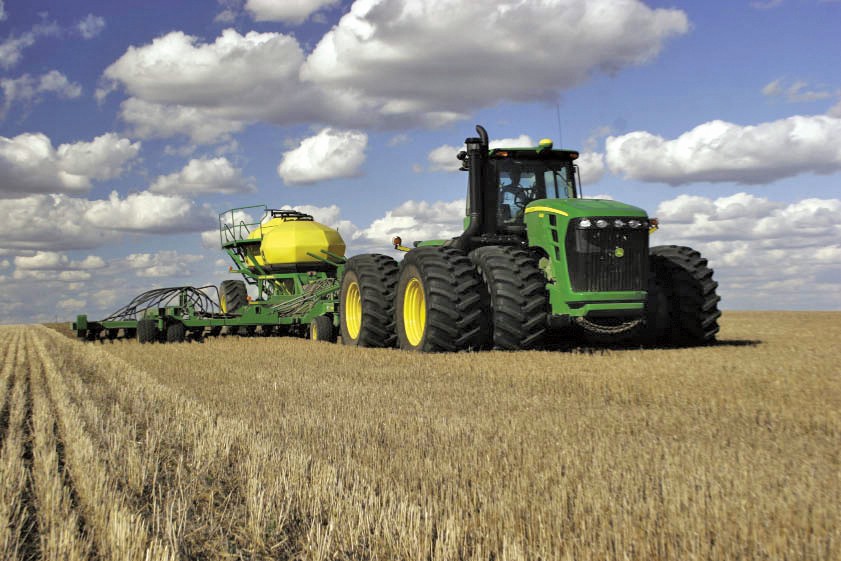Tractors have transformed the worlds of construction and agriculture, significantly modernizing a number of industries.
We now have a wide variety of tractors accessible, each with its own set of benefits, as a result of these potent machines evolving over time to meet particular needs.
In this blog, we’ll delve even deeper into various types of tractors, including the notable Bobcat sub-compact tractor, and highlight the wide range of advantages they offer.
[1] Utility Tractors
Utility tractors remain a staple on farms and construction sites due to their exceptional versatility. With the ability to switch between various attachments, they can seamlessly transition from plowing fields to hauling heavy loads.
Their versatility is a significant advantage, as they eliminate the need for multiple specialized machines, thereby saving both time and resources.
[2] Row Crop Tractors
Row crop tractors continue to be essential in the agriculture industry, particularly in large-scale row-planted fields. The advantage of their adjustable features is the ability to accommodate different row widths, ensuring precise planting and cultivating.
This precision not only maximizes yield but also minimizes resource wastage, making row crop tractors highly efficient.
[3] Garden Tractors
When it comes to caring for lawns, gardens, and small farms, garden tractors are a homeowner’s greatest friend. They can easily maneuver through confined places thanks to their relatively small size.
They often come with features like power take-off (PTO) to drive various attachments.
The advantage for homeowners is the convenience of a single machine that can tackle mowing, tilling, snow removal, and more.
[4] Sub Compact Tractors
Sub-compact tractors, exemplified by the Bobcat Sub Compact Tractor, occupy the smallest end of the tractor spectrum. Despite their size, they pack a punch in terms of power and functionality. These tractors shine in tasks where a full-sized tractor would be impractical.
Their advantage lies in their maneuverability, making them perfect for landscaping intricate spaces, small-scale farming, and property maintenance.
With the Bobcat Sub Compact Tractor, you also get the advantage of a brand reputation known for producing quality equipment.
[5] Industrial Tractors
Industrial tractors are the workhorses of construction and heavy-duty industries. Their robust build and powerful engines allow them to handle tasks such as digging trenches, lifting heavy materials, and grading surfaces.
The advantage of these tractors is their reliability in demanding conditions, contributing to increased productivity on construction sites and in industrial settings.
[6] Specialty Tractors
Specialty tractors cater to niche markets and unique tasks. Examples include orchard tractors, vineyard tractors, and high-clearance tractors.
The advantage of these tractors is their specialization – they are meticulously designed to work in specific environments without causing damage to sensitive crops.
This targeted approach enhances efficiency and maintains the integrity of the plants being worked around.
[7] Autonomous Tractors
The introduction of autonomous tractors is a game-changing result of technological breakthroughs.
These tractors can function without human interference since they are outfitted with sensors, GPS, and other technologies.
Increased efficiency results from the fact that autonomous tractors can operate continuously and make changes for optimum performance.
[8] Articulated Tractors
Articulated tractors are designed with a unique joint between the front and rear sections, allowing for better maneuverability, especially in tight spaces. This design feature provides an advantage in navigating challenging terrains and confined areas.
This makes them invaluable for tasks such as plowing, seeding, and material handling in cramped environments.
In Conclusion
Tractors come in various types, each offering unique advantages. From utility and row crop tractors to compact ones like the Bobcat Sub Compact tractors, they address diverse needs in agriculture and construction.
As technology progresses, these machines will continue to evolve, becoming more efficient and tailored to industry demands.














Comments